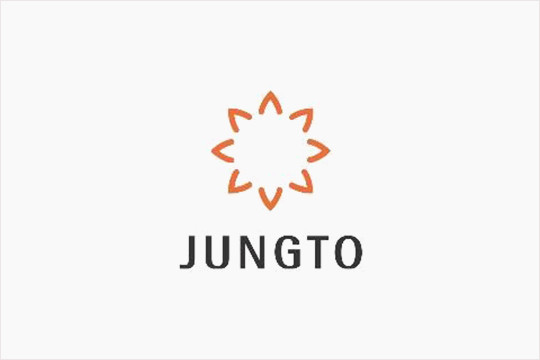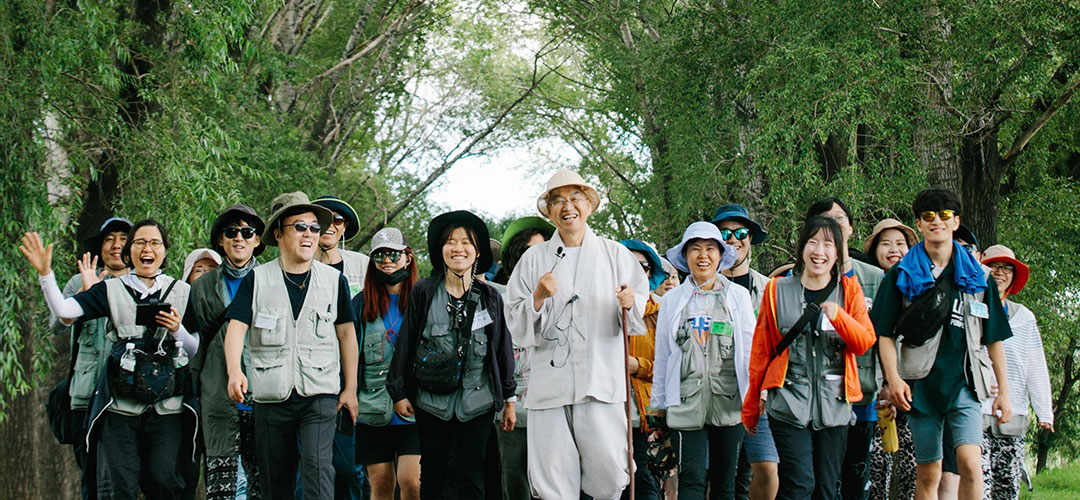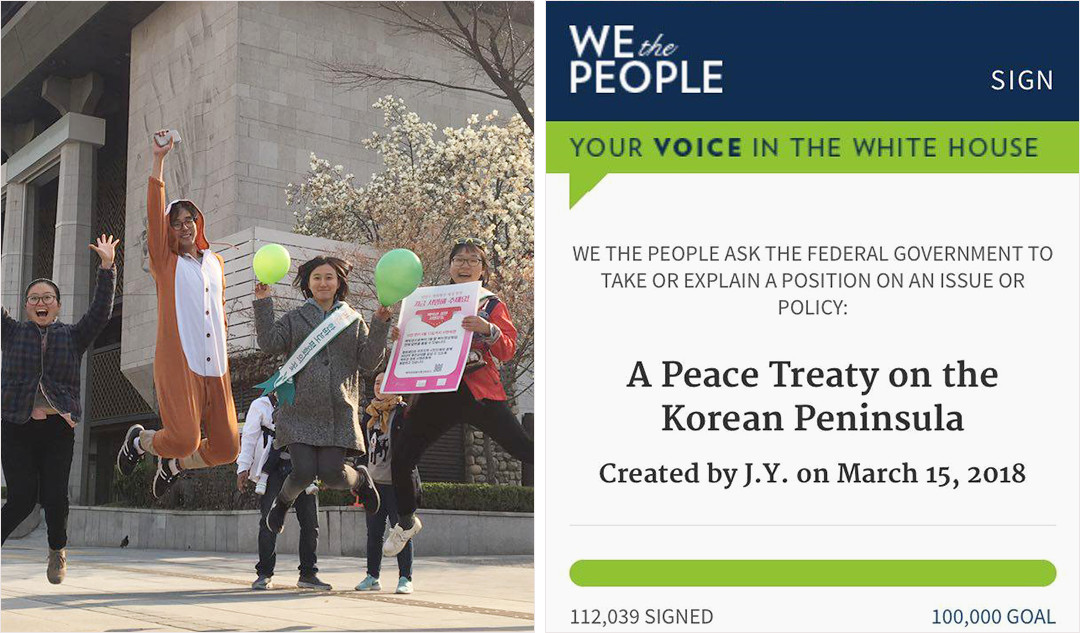Based on the valuable lessons imparted by his teachers, Ven. Pomnyun Sunim sought to find a new direction for his practice, so in 1989, he went to Bongamsa Temple in Mungyeong to work as a menial. Ven. Seo-Am Sunim was an elder of Bongamsa Temple at that time. Under his tacit approval, Ven. Pomnyun Sunim practiced in silence doing various tasks of a menial, including chopping firewood, cleaning the toilets, and cutting weed. After a period of quiet reflection, far away from pending issues, he went back to his colleagues and had a profound discussion with them on the most pressing issues of the time. They narrowed down to four issues.
“First, from the dimension of the Earth, I thought that the environmental problem was the most serious. Second, for humanity, starvation, disease, illiteracy were the biggest issues. The third was peace that will resolve the conflict created due to differences in skin color, nationality, ethnicity, religion, gender, and class. The last task was to cultivate ourselves in order to heal the mind tormented with insecurity, anxiety, rage, and hatred. I concluded in the end that the only thing that could give hope to the disoriented people in modern times due to the loss of humanity is practice. Practice should not be limited to the exclusive realm of monks or religious people but should be disseminated among ordinary people as a general resource of human civilization. So I began the practice movement of practice through Jungto Society from 1988."

Jungto Society was established with the aim of creating “Jungto,” a pure land where individuals are happy, society is peaceful, and nature is beautiful. Jungto Society is largely composed of two types of sub-organizations. The first one is the popular organization that focuses on spreading the Buddha Dharma to the people. The second one is the social organizations which include Ecobuddha for the environmental movement, Join Together Society for the relief activities and welfare movement, Good Friends for the human rights movement, and the Peace Foundation, the Righteous People for Korean Unification, Ad Hoc Committee on Unification for the peace and unification movements.
Ven. Pomnyun Sunim's movements are powered by the efforts of the participating individuals to Change their lives first. The participants’ persistent effort to cultivate and purify themselves differentiates Jungto Society from other NGO organizations. Jungto practitioners seek refuge in the Buddha, the Dharma, and the Sangha under the guidance of Pomnyun Sunim. Participating in the Ten-Thousand-Day Practice with the aim of changing themselves and the society they live in for the better by living the life of a Mahayana bodhisattva through practice, donation, and volunteer work.














